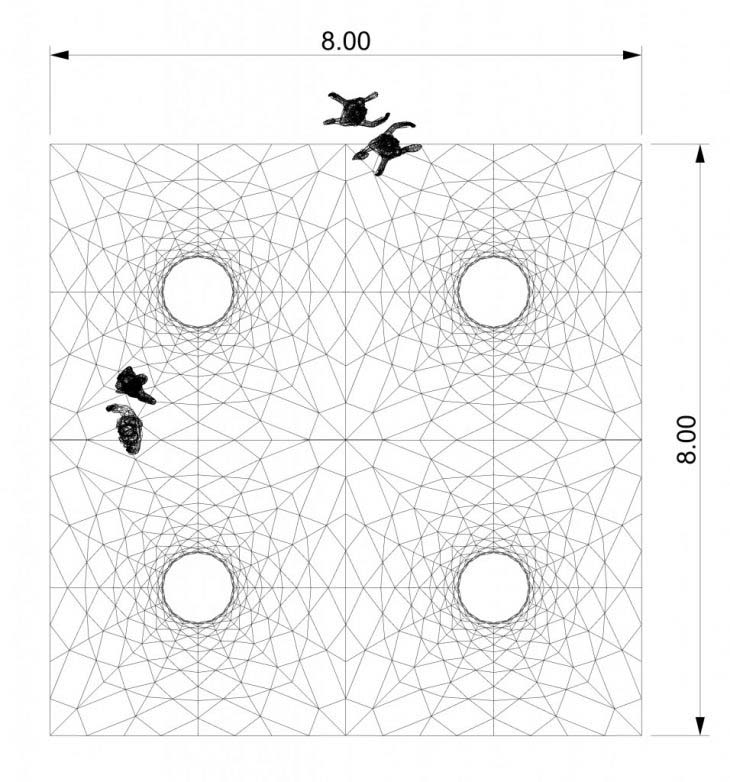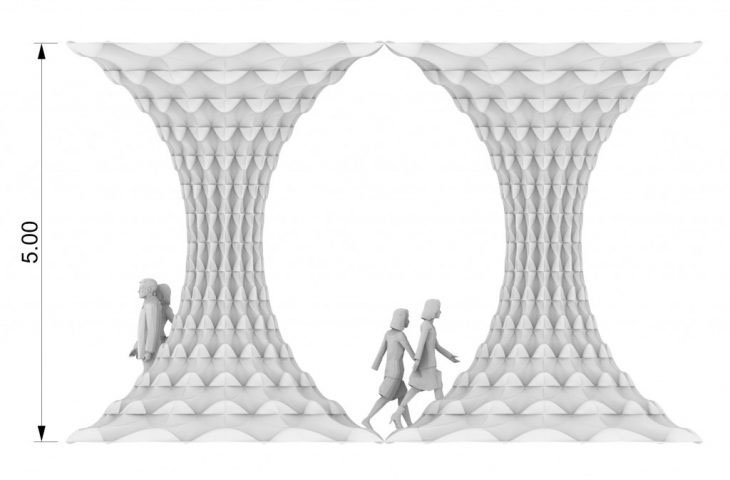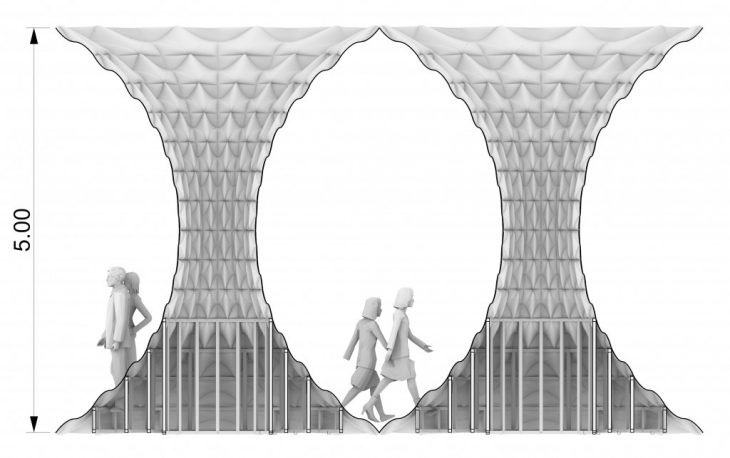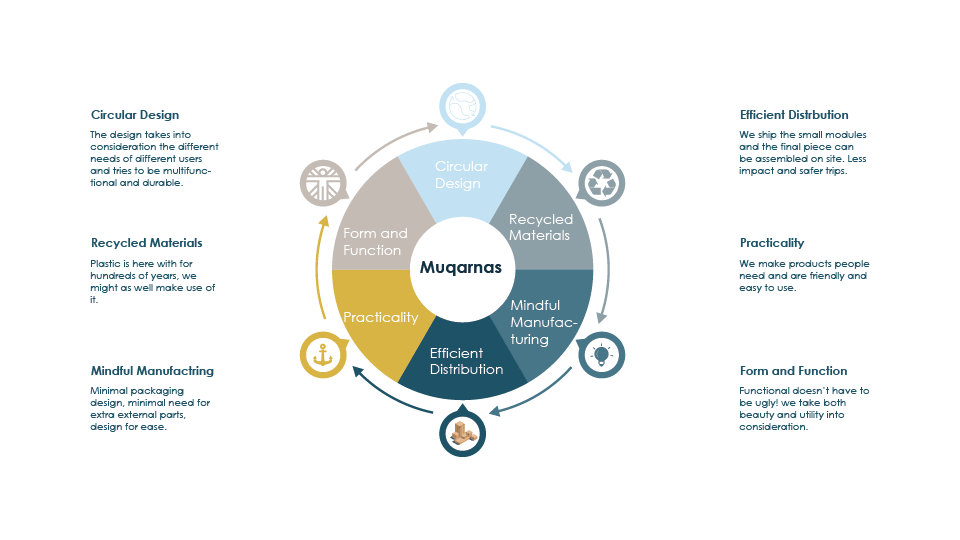11. Implications and applications¶
Below is a draft of my final project proposal
Research & Concept¶

History has its charms¶
Muqarnas is a three-dimensional form whose visual function is the gradual transition between two levels, two sizes, two shapes, and two spaces. It is one of the most original inventions of Islamic architecture and continued to evolve over one thousand years. It adorned major buildings from the Alhambra in the west to Samarkanad in the east.
Below are the pictures of Esrefoglu Mosque,Turkey (on the left), Al-Rifa'i Mosque,Cairo (on the right top corner), and Badshahi Mosque,Pakistan (on the right bottom corner).


Muqarnas is an ornamental structure meaning it had both structural & aesthetical features. It can either be carved into the structure of a wall and ceiling, or it can be added on and hung purely as a decorative surface.
Muqarnas was ignored gradually starting from the 18th century onward, but before that, it portrayed a complex process of evolution throughout time.
It all goes back to numbers¶
The complexity of the Muqarnas lies in two essential factors; the first being the variety of the units / modules used. Secondly, the algorithms that govern the curves the muqarnas sits on.
Muqarnas was ignored gradually starting from the 18th century onward, but before that, it portrayed a complex process of evolution throughout time.


What¶
A methodology of reinterpting and developing the traditional muqarnas form to accomodate the modernity of our times and the latest technologies, to design for shade and shadow and for the user experience.
The project proposes the design of an urban furniture inspired by the ideas behind the historical muqarnas only developing them to provide a new identity using natural materials, taking into consideration the sustainable needs of Jordan and manipulating light and shadow to create memorable experiences.
The methodology behind this proposal could also be applied on different scales (i.e. pavilion, or acustical units).


Why¶
The need to redefine public places in Jordan to be meaningful and interactive. Reconnecting with our roots and an open invitation to every artist, designer to rethink past accomplishments and take them one step furhter. Creating meaningful experiences through Shade and Shadow Manipulation.
The project aims at reinterpreting and developing the traditional muqarnas form to create a dialogue between: - Old and the new. - Perception and conception. - Light and Shadow. - Active and Passive.



How¶
Using different materials with different properties for the modules each repeated along a shape using the algothrims used to produce Muqarnas in the hope to produce a minimal yet sophisticated form that performs the function of a public furniture. They all come together to form a functional bench open for the public to use and enjoy.
Precious Plastic Amman¶

Precious Plastic opened a node in Jordan less than a year ago. They had two purposes mainly; to reduce the plastic waste of Jordan and to empower women to work and provide for themselves.
Leveraging Modularity¶
Why build the whole thing and risk damage during shipping when we can ship the small modules and help the users to assemble them on their own?

Diversity¶
It is important to involve the users in the final output. They choose the colors, the arrangements, and maybe even the function and form of the output.
The color scheme can change according to the season, style, layout, or to take place of an awareness event like breast cancer awareness month and such.

Who¶
The furniture pieces are aimed for everybody, anywhere in the world. It should be designed to intrigue and interact with people. Extra credit if it looked good and colorful.
Stakeholders¶
To begin with, heritage preservation organizations and cultural institutions contribute their expertise and knowledge to ensure the project's authenticity and respect for historical elements. Fabrication Labs and innovators play a crucial role in implementing cutting-edge solutions and digital platforms that facilitate widespread engagement and dissemination of information. Environmental agencies and advocacy groups provide their expertise and support, advocating for sustainable practices and emphasizing the importance of plastic recycling. Additionally, local communities, businesses, and individuals actively participate in the project, recognizing the significance of addressing plastic waste and striving to create a more environmentally conscious society. The collaboration among these stakeholders ensures a multifaceted approach to raising awareness and encourages a collective effort towards a sustainable future.
Where¶
Anywhere, outdoors!
Since it will be outdoors, it should be made of durable materials.
Case Studies¶
Shell Muqarnas - Iaac¶
Iaac designed a pavilion based on extracting the rules of two systems: cotton flower shells and muqarnas.




It's not exactly what I'm going for here but I think it's important to study Iaac's process and build on it. Check the project here
Business Model¶
My business model includes the following

Timeline¶
An abstract timeline of the process
